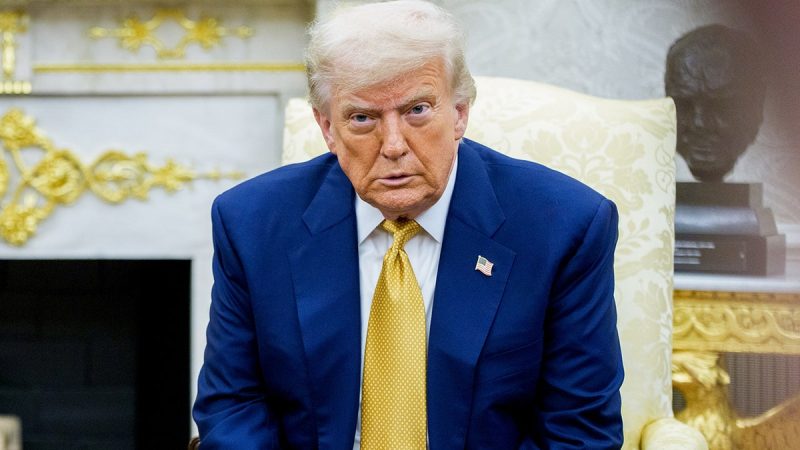
Israel-supporting Democratic Rep. Ritchie Torres revealed on Tuesday he no longer has a relationship with some of his family due to his support for Israel.
‘I’ve lost friends, all of you have lost friends there,’ he told a room full of Jewish students at the Israel on Campus Coalition Summit on Tuesday. ‘I’m no longer on speaking terms with with certain members of my family.’
Torres’ deep support for Israel has put him at odds with progressives in his party — but the New York Democrat has only recently begun to express frustration with the Jerusalem government.
‘No offense, but there are moments when I feel like the Israeli government has the worst PR operation that I’ve ever seen,’ he told a room full of Israel-supporting students at the Israel on Campus Coalition Summit, some of whom applauded the remark.
‘If I have like a normal constituent who comes to me, is not anti-Israel, is not anti-Semitic, but expresses this concern about hunger in Gaza, I cannot tell her there’s no issue,’ he said. ‘I cannot deny it. I cannot downplay that.’
The Hamas-run Gaza Health Ministry reports that 60,000 Palestinians have died as a result of Israel’s offensive campaign in Gaza to eradicate Hamas, and 154 have died from lack of food. President Donald Trump this week acknowledged there’s ‘real starvation’ in Gaza due to food shortages.
Torres said that while he doesn’t hold Israel responsible for that starvation, ‘I feel like we should be doing everything we can to ease the human suffering in Gaza.’
He claimed that Israel is held to a ‘double standard’ because ‘no other country has been and has been expected to deliver food to its adversaries.’
Aid has been trickling into Gaza through the Israel-partnered Gaza Humanitarian Fund, which, since operations began on May 27, the group says has delivered more than 97 million meals.
That ‘definitely contradicts the narrative that there’s a deliberate policy of starvation,’ Torres said.
However, Israeli forces guard distribution sites, and the United Nations — which opposes GHF — claims over 1,000 Palestinians have died seeking aid through the group. GHF, in turn, argues the U.N.’s aid distribution has been entirely ineffective: U.N. data shows that only 8% of U.N. aid has reached its destination without being looted in the last 10 weeks, according to a Reuters report.
Israel has said there is no widespread famine in Gaza, asserting photos are misleading or of isolated cases, but has started to pause fighting in large swathes of the strip for 10 hours a day to allow for a surge of aid by land and air.
A ceasefire and hostage deal has so far evaded Israel and Hamas leadership. White House envoy Steve Witkoff is on his way to Israel for negotiations as of Wednesday, Axios reported.
























